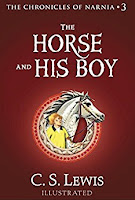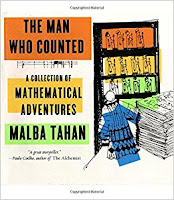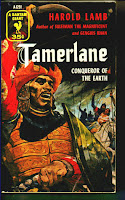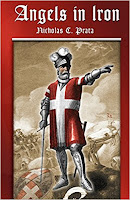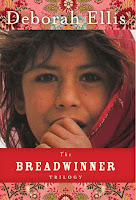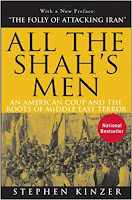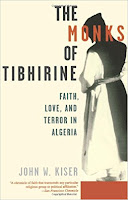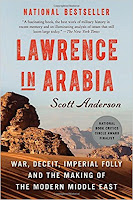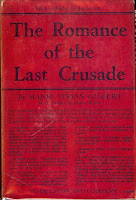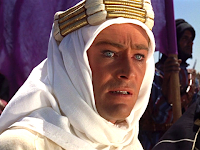Middle East Reading List for Catholic Homeschoolers
The Middle East is not only an interesting study, it’s an important study. We’ve put together a reading list for you that includes fiction and nonfiction for students of multiple ages.
Who is this list for?
- Homeschool moms putting together a unit study of the Middle East for multiple grade levels, or
- Students of Mr. Campbell’s new course, Fracturing of the Middle East: From the Ottoman Empire to Isis, who want to explore the subject more deeply on their own, or
- Anyone who wants to expand their learning.
Books are listed in order of difficulty, from upper-grade school to middle school to high school to adult. One idea for preschool and early grade school is to look for picture books at the library with fun facts or books that focus on the geography of the region. At the end of this reading list are some additional ideas for supplemental lessons.
As with any book list, parent discretion is advised. Not all books are appropriate for all ages or all students.
Click on the book title for reviews or purchasing information (May contain affiliate links). Another resource to read book reviews is Goodreads. And to find used books for the best price, try Book Finder …
The Horse and His Boy by C.S. Lewis (Chronicles of Narnia)
Not about the Middle East, however, “it is reminiscent of classic stories set in the Middle East (such as the Arabian Nights).” Terrific read aloud for the family. You can never go wrong with Narnia.
Takes place in 13th-century Baghdad. A well-written novel introducing the reader to complex math puzzles in an interesting and fun way. Presents an opportunity to discuss Islam. Read this disclaimer first. (Can be downloaded free HERE.)
One Thousand and One Arabian Nights
The mythical back story to this wide collection of stories (from Aladin to Ali Baba) begins with Shahryār, a Sasanian king. He discovers his brother’s wife and also his own wife are both unfaithful. In his grief, he concludes all women are the same. Shahryār begins to marry a succession of women only to execute each one the next morning before she has a chance to dishonor her vows. That is until Scheherazade offers herself as a bride. On the night of their marriage, Scheherazade begins to tell the king a tale but does not end it. The king, enthralled in the story, postpones her execution in order to hear the conclusion. The next night, as soon as she finishes the tale, she begins (and only begins) a new one, and the king, eager to hear the conclusion of this tale, postpones her execution again. So it goes on for 1,001 nights.
Harold Lamb’s fictionalized histories are usually very gripping and enjoyable stories. We are including three of his titles here. Suleiman the Magnificent is the story of the tenth and longest-reigning Sultan of the Ottoman Empire, from 1520 to his death in 1566.
Temur the Lame, who referred to himself as the “Sword of Islam” is a fascinating individual in 14th-century history. He was a blood thirsty world conqueror, perhaps second only to Genghis Kahn.
Made up of four novellas originally published in Adventure magazine in the late 1920s, and three short stories published in Collier’s magazine in the early 1930’s. All immerse you into the culture of the Middle East.
The Breadwinner Trilogy by Deborah Ellis
These three fictional books take place in Afghanistan during the rule of Taliban in the 1990’s and told through the eyes of a young girl who disguises herself as a boy to survive the refugee camps. Hits on serious realities: War, starvation, refugee camps, maimed children (from land mines), and despair.
It is important in today’s world for Americans to understand the history and culture of Islam. This book is in an easy-to-read, question and answer format.
All the Shah’s Men: An American Coup and the Roots of Middle East Terror by Stephen Kinzer
A detailed factual account of the 1953 CIA coup in Iran that ousted the elected prime minister and the aftermath. A study into what brought about Islamic fundamentalism and anti-Americanism in the Middle East.
This is the story of seven Trappist monks in Algeria who were kidnapped, imprisoned for two months, and beheaded by Islamic radicals in the 1990’s. The book is a history of the Algerian monks and chronicles the relationship of the monks with their Muslim neighbors. The movie Of Gods and Men is based loosely on this story. Monks of Tibhirine is upper high school or adult level reading.
Lawrence in Arabia: War, Deceit, Imperial Folly, and the Making of the Modern Middle East by Scott Anderson (2014)
A look at the Middle East arena during World War I. A fairly readable popular account of T. E. Lawrence, of his role in shaping the Middle East, and of missed opportunities that we are still paying for today. Parental discretion advised as it contains information about Turkish captors who sexually assaulted Lawrence.
The Ottoman Centuries by Lord Kinross (1979)
Excellent resource on the history of the Ottoman Empire, especially the circumstances surrounding its decline and disappearance after World War I. For the parent or advanced student who wants to go really deep. The author painstakingly researched this book, looking at all of the big issues: Economic, political, and social.
British General Edwin Allenby was the first Christian general to capture Jerusalem since the Crusades. This book, written by an eyewitness of Allenby’s exploits, gives a detailed account of the British Palestine campaign in World War I. Advanced readers only.
Other resources:
Middle East: Map & Geography Information
Al Jazeera: Online English language version of the popular Middle Eastern TV station.
Visit a Mediterranean restaurant or create Middle East recipes at home.
Thank you Tony Schiavo of Arx Publishing, Phillip Campbell, Danielle Goodnight, and Susan Donovan for your suggestions for this list. This was not an easy book list to compile. There are so few non-Western works available.



